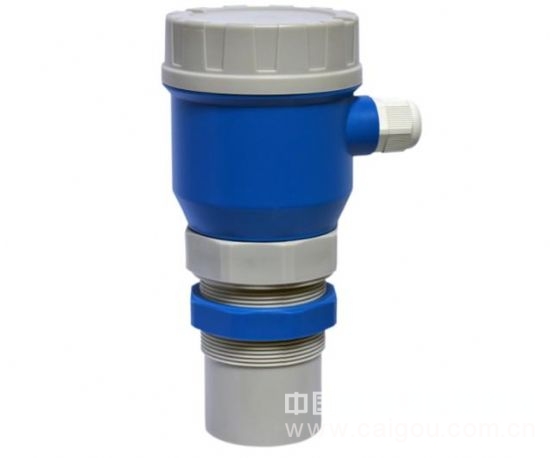Advantages and Disadvantages of Ultrasonic Level Gauges and Radar Level Gauges
Ultrasonic level gauges use sound waves, while radar level gauges rely on electromagnetic waves. This is the fundamental difference between the two technologies. Additionally, ultrasonic waves have better penetration and directionality compared to electromagnetic waves, which is why they are widely used in many applications today.
The main differences in their applications include:
1. Radar level gauges typically have a much larger measurement range than ultrasonic ones.
2. Radar systems come in various types such as horn, rod, and cable, allowing them to handle more complex and challenging environments compared to ultrasonic sensors.
3. In terms of accuracy, radar level gauges generally offer higher precision than ultrasonic ones.
4. Radar level gauges tend to be more expensive than ultrasonic models.
5. When using radar, it's important to consider the dielectric constant of the medium being measured.
6. Ultrasonic level gauges should not be used in vacuum conditions or where there is excessive steam or foam on the liquid surface.
Ultrasonic waves are defined as sound waves with frequencies above 20 kHz. These are mechanical waves that propagate through an elastic medium by transferring mechanical vibrations. They are characterized by high frequency, short wavelength, and minimal diffraction, which gives them strong directionality and the ability to be directed like a beam. Ultrasonic waves experience little attenuation in liquids and solids, making them highly penetrating. In fact, they can travel tens of meters through opaque solids. When they hit an obstacle or interface, they reflect significantly, which is the principle behind ultrasonic level measurement.
In ultrasonic testing, an ultrasonic transducer converts electrical energy into sound waves, which are then emitted and received after reflection. The transducer, also known as a probe, is placed above the liquid. It emits the sound wave downward, which travels through the air, reflects off the liquid surface, and returns to the transducer. The reflected signal is converted back into an electrical signal, which is processed to determine the liquid level.
Based on the principle of propagation, if the medium's pressure, temperature, density, and humidity remain constant, the speed of the ultrasonic wave in the medium is fixed. By measuring the time it takes for the wave to return from the liquid surface, the distance can be calculated, providing accurate level readings.
Ultrasonic level gauges have a "blind zone," so careful consideration must be given to the installation position relative to the liquid surface.
Radar level gauges operate using a transmit-reflection-receive method. The antenna sends out electromagnetic waves, which are reflected by the surface of the material being measured and then returned to the antenna. The time it takes for the electromagnetic wave to travel is proportional to the distance from the liquid surface. The formula is as follows:
D = CT / 2
Where D is the distance from the radar level gauge to the liquid surface, C is the speed of light, and T is the time it takes for the electromagnetic wave to travel.
The radar level gauge records the time taken for the pulse wave to return. Since the speed of electromagnetic waves is constant, the distance from the liquid surface to the radar antenna can be calculated, allowing the liquid level to be determined accurately.
In practice, radar level gauges can use two main methods: frequency-modulated continuous wave (FMCW) and pulsed radar. FMCW-based systems consume more power and usually require a four-wire system, with more complex electronics. On the other hand, pulsed radar systems are more energy-efficient, often powered by a two-wire 24V DC supply, making them easier to implement in intrinsically safe environments. They also offer higher precision and a broader range of applications.

ECE R129 Baby Car Seat
Car Seat Safety Tips
Easily take Baby in & out of your car with a seat you can use from day one.
Affordability
If you have more than one car you still only need one Infant Car Seat. Place a base in each car and seamlessly move the car seat from each vehicle.
Longevity
Lasts from day one to about one year, when Baby reaches the maximum height or weight depending on your baby car seat.
Compatibility
Most car seats are Stroller-compatible & can easily go in & out of your car (measure ahead of time to make sure the seat fits).
Styles
You can pick a car seat simply based on how it looks & fits your lifestyle. No matter which you choose, it`s going to be safe.
Lightweight , easy-to-carry seats that click in and out of a stationary car seat base without waking Baby.
Keep children in a rear-facing car seat as long as possible. Be ready to move into a convertible car seat when your child reaches the height and weight limit of your infant car seat.

Maxinfglobal,Toddler Car Seat,Baby Car Seat,Best Infant Car Seats Of 2023
NINGBO BABY FIRST BABY PRODUCTS CO.,LTD. , https://www.maxinfglobal.com

